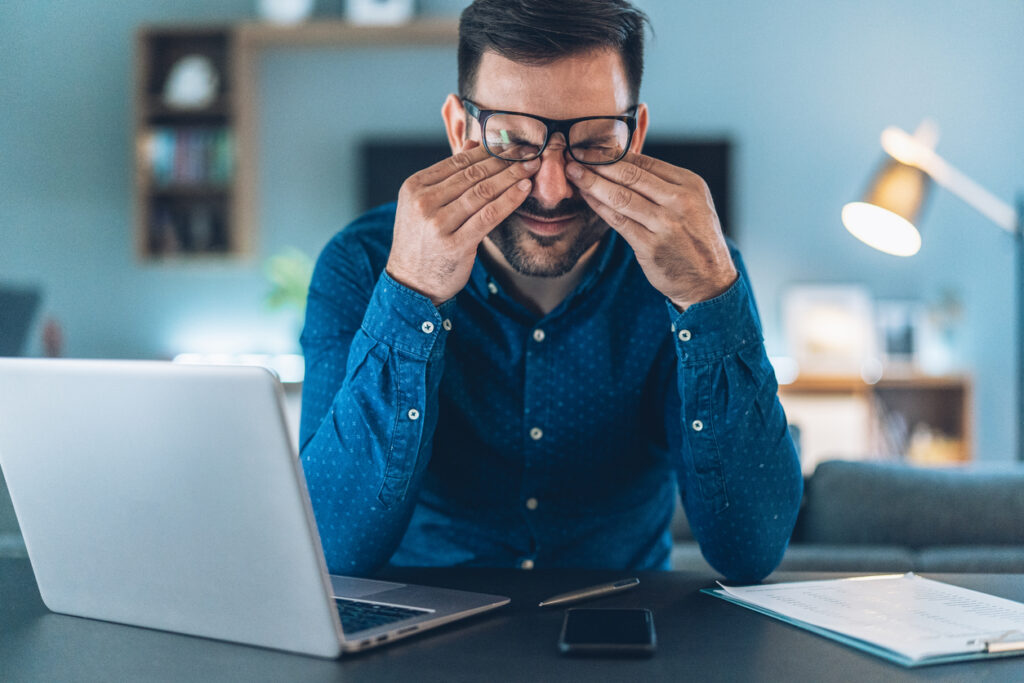Flexible working, where employees can tailor their work schedule to fit their own lifestyle, continues to grow in popularity in the UK thanks to the ever-increasing ubiquity of smartphones and connected technology.
While the expectation to check emails outside of office hours is prevalent, 65% of respondents believe that they shouldn’t have this responsibility.
This newfound flexibility is undoubtedly a great addition to the workplace, as it gives staff the power to work wherever, whenever and however they like. Nonetheless, as evidenced by findings from The Myers-Briggs Company’s 2019 Global Trends Report, there are also clear dangers posed by the increased connectivity that underpins flexible and remote working.
The ‘always on’ culture
In a world where employers can now contact their workers anywhere and at any time, the boundary between home and work life is blurring at a rapid rate. The Global Trends Report revealed that 31% of employees surveyed said that their employer or clients expect them to check their emails in the evenings or at weekends, and less than 8% never check their work emails in the evening.
People are finding it harder and harder to disconnect from their jobs, in what is now known as the ‘always-on’ culture. This inability to switch off can have negative repercussions on not only the wellbeing of employees, but also the efficiency of organisations and workplaces.
The report examined the use of work email, discovering that while the expectation to check emails outside of office hours is prevalent, 65% of respondents believe that they shouldn’t have this responsibility.
Is it time to disconnect?
What’s more, employees have good reason to want to disconnect; it was also found that an enforced overlap between work and home life is linked to increased stress, decreased performance, low satisfaction with family life, poorer health, reduced life satisfaction, and decline in sleep quality. It goes without saying that these are all highly undesirable outcomes for the individual, but they are equally hugely damaging to productivity and workplace morale.
Some employees thrive off the buzz of working into the night, but others find it extremely stressful.
At first glance, the solution to the worries created by the always-on culture seems quite clear; we must ban emails out-of-hours. This is the conclusion that has been reached by many companies, including Volkswagen, which has programmed its email servers so that workers in Germany can only receive messages during the working day.
The French government has even introduced legislation that obliges organisations with more than 50 employees to negotiate defined rules about out-of-hours communication with its workforce.
No simple fix
In reality, however, the answer is not as simple as a blanket ban. As highlighted by researchers from the University of Sussex, preventing staff from using work email outside office hours entirely can actually increase stress for certain people. This recent report noted that those with ‘high levels of anxiety and neuroticism’ may be harmed by a strict ban, as the inability to respond to a ‘growing accumulation of emails’ could lead to more stress.
Each employee is different, and will have their own individual reaction to this hyper-connected working world.
So, if a ban isn’t the answer, what can we do? Firstly, we must acknowledge that an ‘always-on’ culture affects people with different personalities in different ways. For example, people who are more likely to consider personal values when making decisions (those with a ‘feeling’ preference in terms of the MBTI personality framework), are more likely to make use of flexible hours.
On the other hand, people with an MBTI personality preference for ‘intuition’, who take in information by seeing the big picture, are less likely to see the blurring of work and home life as a disadvantage. Some employees thrive off the buzz of working into the night, but others find it extremely stressful.
A tailored response
HR managers therefore need to understand how each individual reacts to flexible working, and make accommodations accordingly. Collaboration is central to the modern workplace, and as such teams must work collectively to determine how to best harness the benefits of flexible working whilst minimising the risk of burnout.
Leaders should lead by personal example, demonstrating to employees that they are allowed to switch off in a way that suits their personality and needs. It is also crucial that managers recognise their own styles of working as to not impose their preferred work patterns onto employees.
Self-awareness is key
In turn, if employees understand how they work to the best of their ability, they are better equipped to cope with the always-on culture by being aware of which strategies work for them. It is crucial for us to understand how we can best switch off, avoid information overload, set boundaries, and find a form of work/life balance that suits us.
[cm_form form_id=’cm_65a14c3f5da64′]
As productivity continues to stagnate in the UK, organisations should examine their own working cultures in order to combat the ‘always-on’ working culture, which can be a slippery slope to a burnt out, tired, and stressed workforce.
That being said, it is important to avoid a catch-all, knee-jerk reaction. Each employee is different, and will have their own individual reaction to this hyper-connected working world. It is only by recognising and respecting both our own preferences and characteristics, and those of our colleagues around us, that we can determine how to best manage each individual’s workload.
Interested in this topic? Read From ‘fika’ to offline time: three lessons from European countries about stress management.








One Response
Hi John, great article and it
Hi John, great article and it is something I also wrote about recently and hence why I recently designed and put live a ‘Digital Wellness’ training kit for HR departments and for companies to provide digital awareness training.
I find that many employees who work from home or from distance do not know how to turn off, as you also found. It’s almost as though the staff who work from home feel an extra obligation to prove that they are working. I look forward to your next article.
all the best, Dr Valeria Lo Iacono